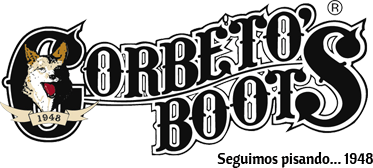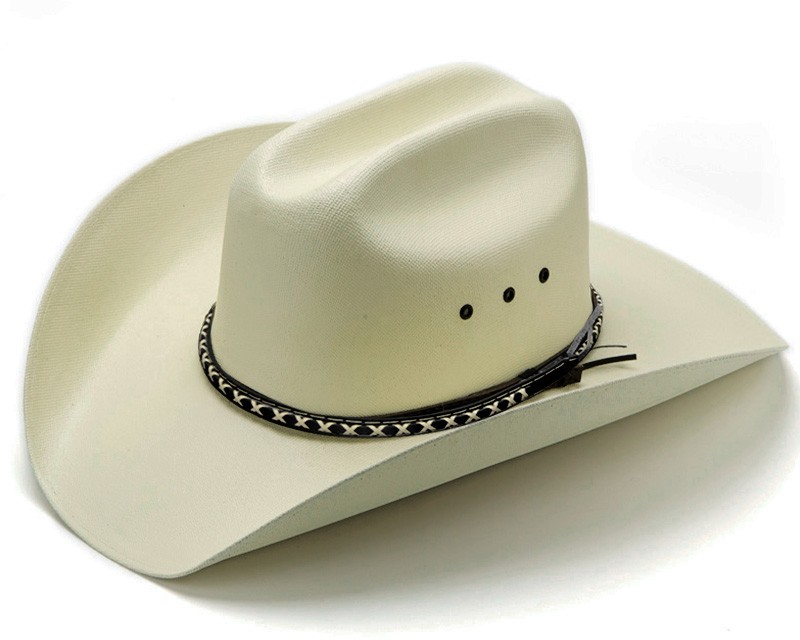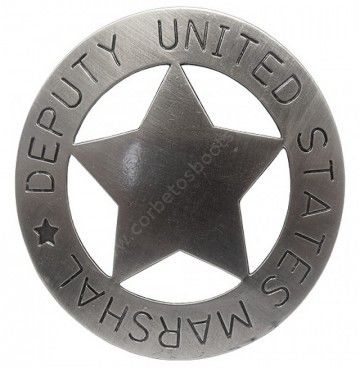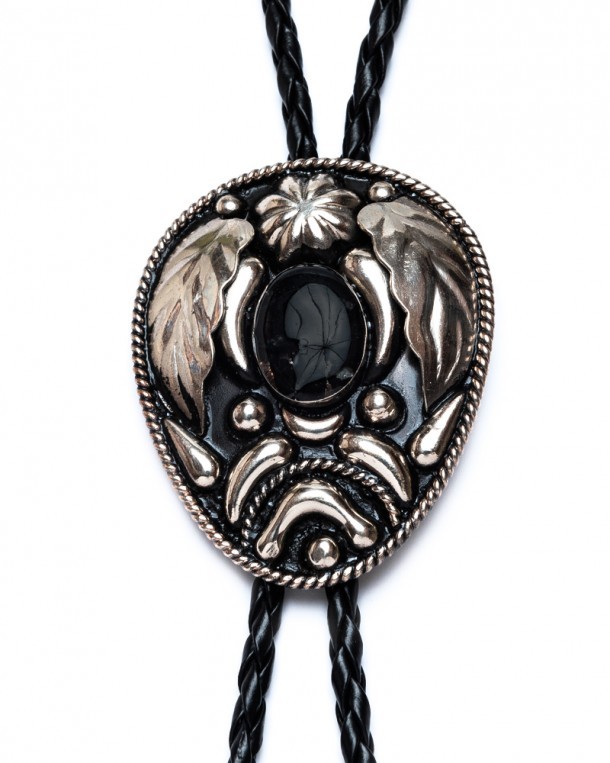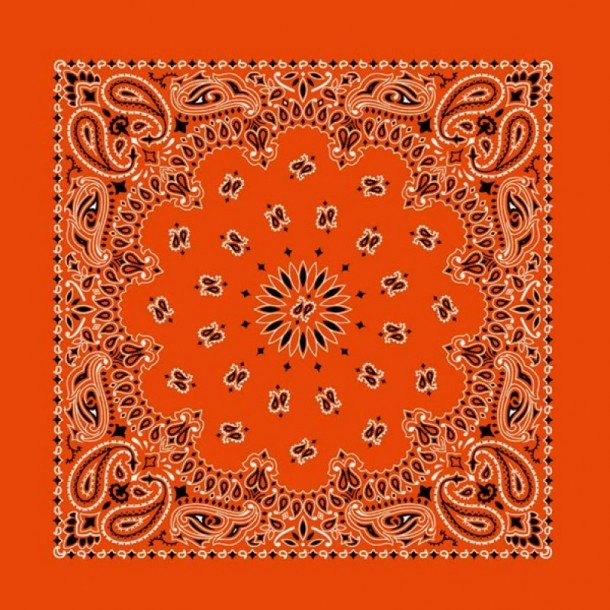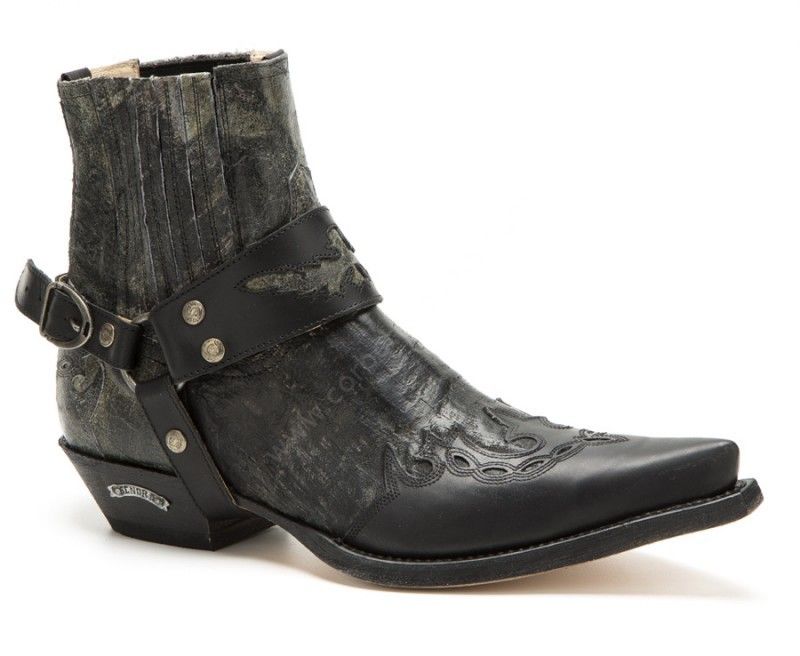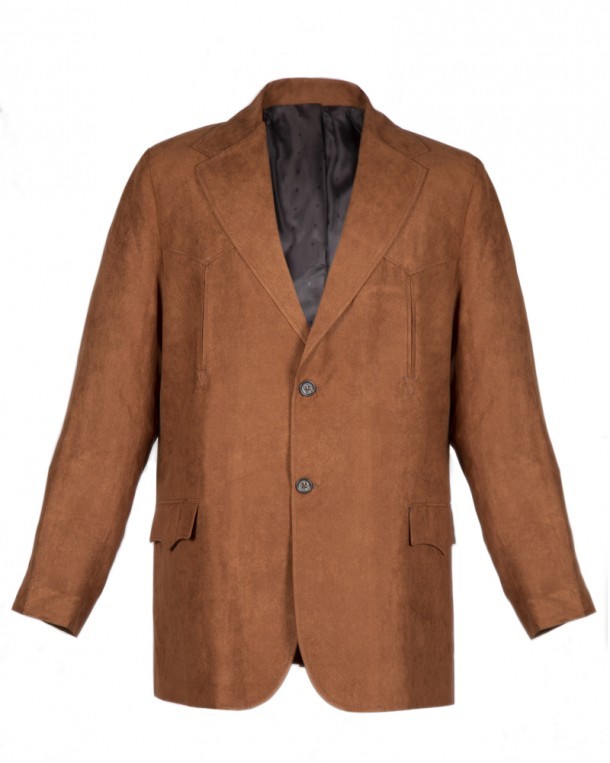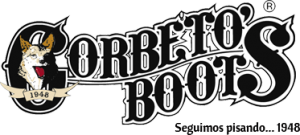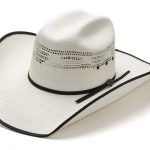Carnival, one of the most vibrant, joyous and colourful celebrations of the year, is deeply rooted in many cultures around the world.
Although often associated with extravagant parades, elaborate costumes and boisterous parties, the origins of carnival and how these traditions are also intertwined with the Western world, the US South and Mexico are not always well known.
In this article we will look at these origins and how carnival is celebrated in these places that are a real treat for the traveller.
Carnival: ancient origins
The origin of Carnival can be traced back to ancient civilisations, such as the Egyptians, Greeks and Romans, who celebrated festivals to honour the gods and mark the beginning of spring. These festivities were filled with music, dance and original costumes, and often included rituals of purification and renewal.
However, Carnival as we know it today has its roots in the Christian traditions of Europe, in an attempt to replace pagan festivals. The word “Carnival” comes from the Latin “carnevale”, meaning “farewell to the flesh”, marking the beginning of Lent, a period of fasting and penance before Easter. During Carnival, people indulged in indulgence and fun before the days of abstinence that would follow.

Carnival in the western world
As Carnival spread across Europe, it also took root in the cultures of the Americas. In places like the southern United States and Latin America, Carnival acquired its own unique identity, fusing European traditions with indigenous and African influences.
In the American Wild West, Carnival was often inspired by rodeos, and at street parties, people dressed up as cowboys, danced to country rhythms and participated in equestrian skills competitions. These celebrations reflected frontier life, with its spirit of adventure and freedom.
Mardi Gras: Carnival in New Orleans
Carnival in New Orleans, Louisiana, known locally as Mardi Gras, is one of the most famous and colourful celebrations in the United States. Mardi Gras, which literally means “Fat Tuesday” in French, is the day before Ash Wednesday, which marks the beginning of the Lenten season in the Christian tradition.
Mardi Gras is characterised by its unpredictable timing, as it is determined by the lunar cycle. Based on the date of Easter, which varies according to the first full moon after the vernal equinox, Mardi Gras can take place from early February to mid-March. In 2024 this festive event will take place on 13 February. The official Mardi Gras season in New Orleans begins on 6 January, with the celebration of Epiphany, and culminates at midnight on Mardi Gras Day itself, marking the beginning of Lent.

For several weeks leading up to Shrove Tuesday, New Orleans hosts numerous parades known as “krewes”. These parades feature elaborately decorated floats, marching bands, dancers, and members of the krewes tossing beaded necklaces and other objects to spectators.
In addition to parades, Mardi Gras is also celebrated with street parties, masked balls and concerts. Typical Mardi Gras food includes dishes such as gumbo, jambalaya and beignets, which are enjoyed along with drinks such as hurricane and Sazerac. Some of the most popular areas for this celebration include the French Quarter and Bourbon Street.
Other US cities also celebrate Carnival in a significant way. For example, Mobile, Alabama, has its own Mardi Gras with parades and festivities similar to those in New Orleans. There are also prominent Carnival celebrations in cities such as Galveston, Texas, and San Diego, California.

Carnival in Mexico
Carnival in Mexico, although of European roots, merged with pre-Hispanic traditions, creating a completely unique event. Ancient Mexican peoples honoured the gods of fertility and agriculture through the “tlacaxipehualiztli”, a festival dedicated to the deity Xipe Totec during the spring in the Aztec period. With the arrival of the Spanish in the 16th century, the carnival was introduced to Mexico and combined with indigenous traditions, giving rise to the current version. Africans who arrived in Mexico also joined in the celebration, bringing their own rhythms and dances to the fiesta.
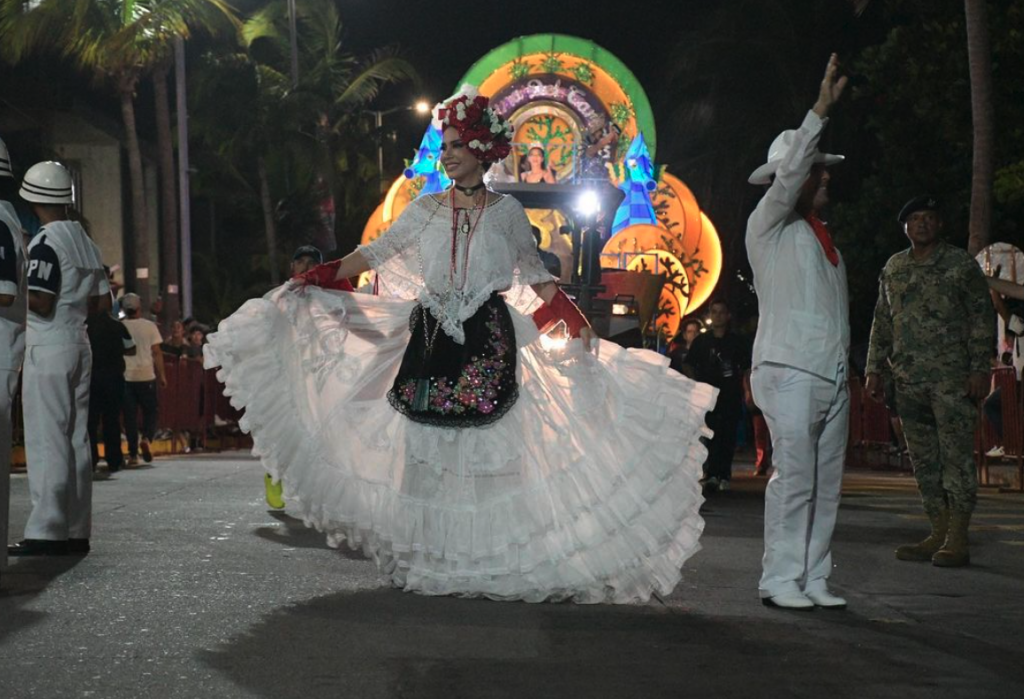
*Image source: carnavalveracruz
Today, one of the most important Mexican cities renowned for its Carnival celebrations is Veracruz, which in 2024 will be celebrating its 100th anniversary. This Carnival is one of the largest and most colourful in the country, also one of the oldest, and attracts thousands of national and international visitors every year. For several days, the city is filled with joy and fun, with events including the crowning of the Carnival queen, concerts, folk dances, costume contests and parades full of elaborate floats and dance troupes.
The combination of Veracruz’s rich local culture, music, gastronomy and hospitality make its Carnival an unforgettable experience for visitors.
It is important to note that, although traditionally the carnival is held before Easter, this 2024 the Carnival of Veracruz will take place from 26 June to 2 July. This is the second consecutive year that these summer dates have been chosen, thus facilitating the influx of tourism and avoiding the cold temperatures typical of February.
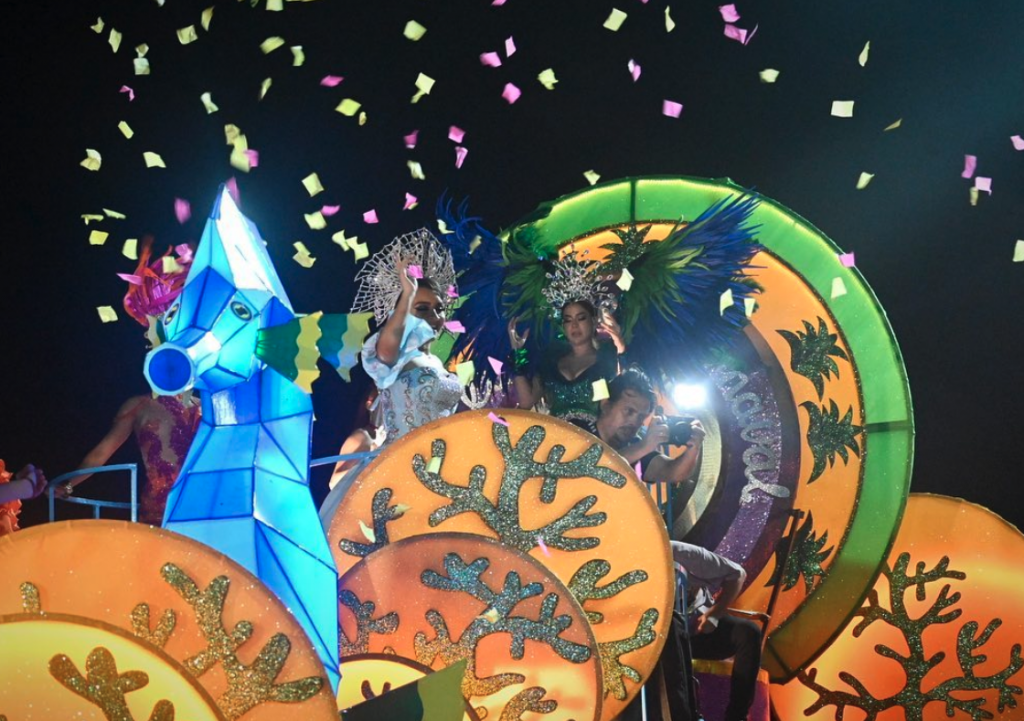
*Image source: carnavalveracruz
In the rest of Mexico, carnival is also an event, an incomparable cultural experience that dazzles with its vibrant mix of music, colour and tradition. Carnival in Mexico is celebrated on different dates in each city, as we have already seen in Veracruz. In Mazatlán, this 2024 Carnival will be from 8 to 13 February, and in other cities such as Mérida, it will be held between 7 and 14 February.
Carnival in Mexico is not just a festive celebration; it is a link to cultural roots and ancestral traditions that are passed down from generation to generation, creating a sense of community and belonging that transcends borders. Without a doubt, Mexican carnival is an unmissable experience that captivates the senses and leaves indelible memories in the hearts of those who have the privilege of experiencing it.
Ultimately, wherever you are, Carnival is much more than just a party; it is a celebration of life, culture and community. Over the centuries, it has evolved and adapted, but it has always maintained its spirit of fun and freedom. Whether it’s in the streets of New Orleans, in Veracruz, or in your locality, it remains a celebration that brings people together and celebrates the richness of their cultures, including the western one.
If you are also attracted to carnival and love western style and culture as much as we do, count on Corbeto’s to provide you with the ideal garments and accessories for an authentic western costume. Shirts, cowboy boots, belts, hats, and many other cowboy accessories and complements that you can also wear the rest of the year, both in your day-to-day life and in your leisure time. Because western fashion is very versatile, so much so that it also adapts to a spectacular costume. Are you going to resist to check it out?



